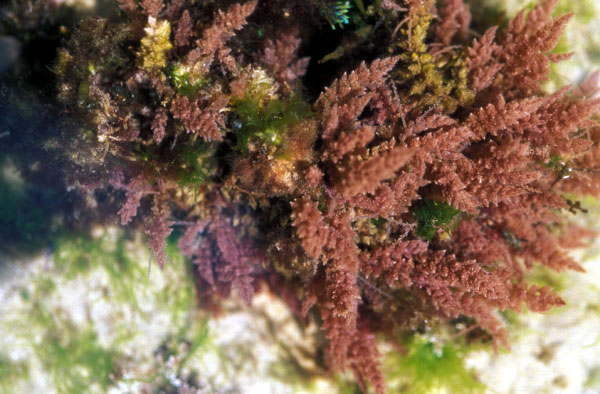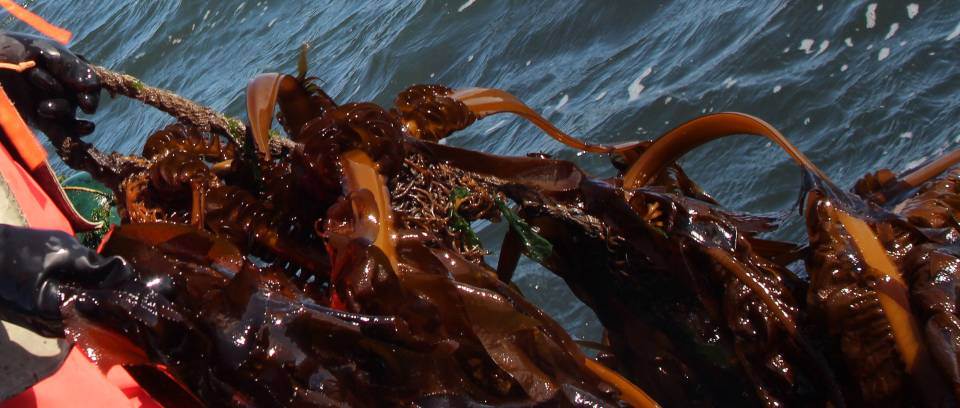There is a pressing need to elevate the debate on the future of aquaculture and to place this in the context of other animal food production systems, including wild capture fi sheries. Between 1970 and 2008 aquaculture production grew at an annual average rate of 8.4% and remains among the fastest growing food production sectors in the world. But with global demand for aquatic food products continuing apace, there are worries about the development trajectory of aquaculture. Of particular concern for Conservation International and many others is whether and how further growth can be met in ways that do not erode biodiversity or place unacceptable demands on ecological services. In this context, the potential for aquaculture to reduce pressure on wild capture fi sheries by meeting global demand for aquatic food products is also important.
Directed towards helping inform and stimulate policy debate, this report provides a global review and analysis of these issues for both coastal and freshwater aquaculture. Such debate is needed to help ensure that the current and future potential benefi ts of the burgeoning aquaculture sector are captured and the associated costs minimized. The report begins with an overview of the current status of world aquaculture. It then goes on to describe an approach for estimating the current combined biophysical resource demands of aquaculture for producer countries and regions. Following a comparison of these results with those available for other animal food production sectors the report then examines the consequences of likely future trends in production on the environmental impacts of aquaculture. Finally, the policy implications of the report’s fi ndings are discussed along with the research agenda that should be pursued to meet the challenge of sustainable food production.





